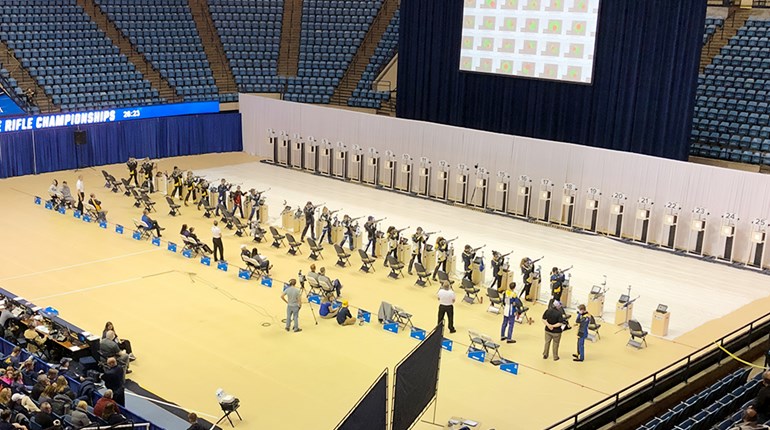
In May of this year, numerous major media outlets reported on a chlamydia outbreak—said to have reached epidemic proportions—in the small Texas town of Crane. On the surface, the moral was about the ineffectiveness of abstinence-only education programs. On a cruder emotional level, it provided an opportunity for educated urban readers to laugh at the woes of the backward small-town yokels.
But the story was false. The reported number of high school students treated for chlamydia turned out to be the number tested for the disease; only three students were confirmed to have contracted it. Vice ran an article debunking the myth, but in general the media had moved on. The Washington Post offered a “clarification” that stopped short of an actual retraction, but most other outlets left the false claims intact. How likely is it that anyone in the anti-gun media will utter a mea culpa in the face of evidence that this epidemic is imaginary as well?
For the last few years, the media has decreed that we are in the midst of a mass shooting epidemic. What originally might have been figurative language when it appeared in a Mother Jones editorial in 2012 was hammered home as a literal truth by the L.A. Times in 2014. By this summer, Vox could refer to this “epidemic” as a foregone conclusion that just needed to be bolstered with trumped-up statistics.
How likely is it that anyone in the anti-gun media will utter a mea culpa in the face of evidence that this epidemic is imaginary as well? Even if the shootings weren’t infectious, the language certainly was; there was even time for it to start popping up in book titles.
While the term “epidemic” in relation to shootings was the subject of scrutiny beforehand, the narrative was dealt a fatal blow by the recent release of a report from the Congressional Research Service. Collecting data on mass shootings from 1999 to 2013, the study provides clear guidelines to distinguish the type of incident that has been in the forefront of the public imagination—the sort of atrocity that occurred at Columbine or Aurora—from, say, gang violence incidents or domestic disputes in which two people were injured. Carefully framed in this way, the numbers no longer supported the idea that rampaging gunmen were cropping up across the nation on a daily basis.
Criminologist James Alan Fox describes the data in the CRS report as revealing only “a great volatility in the numbers. There’s no solid trend … No matter how you cut it, there’s no epidemic.” The years on the more recent end of the chart tend to have slightly higher numbers of mass shootings, but from year to year they range all over the place; and this study is counting total numbers, not rates adjusted for population growth. When you examine the data in terms of mass shooting victims per capita, any increase is too small to be considered statistically significant. “Basically, there is no rise,” says Fox. “There are some years that are bad, some that are not so bad."The so-called “mainstream” media loves to fire off shocking or exciting claims ostensibly based on empirical evidence, only for the experts to debunk said claims.
But don’t expect any retractions from the media sources that have been trumpeting this “epidemic.” The anti-gun propaganda machine lumbers on. Without missing a beat, news outlets—and The Trace, naturally—have been drawing on the CRS report as evidence that mass shootings are “on the rise,” quietly dropping any mention of an epidemic. This strategy banks on the assumption that readers aren’t sophisticated enough to realize that the increase is of such a low magnitude that it qualifies as statistical noise.
The so-called “mainstream” media loves to fire off shocking or exciting claims ostensibly based on empirical evidence, only for the experts to debunk said claims. But retractions aren’t sexy, and most news outlets are in the business of sales, not truth. Don’t take the numbers that you read about too seriously—and don’t devalue any constitutional right because you were taken in by statistical sleight-of-hand.


































